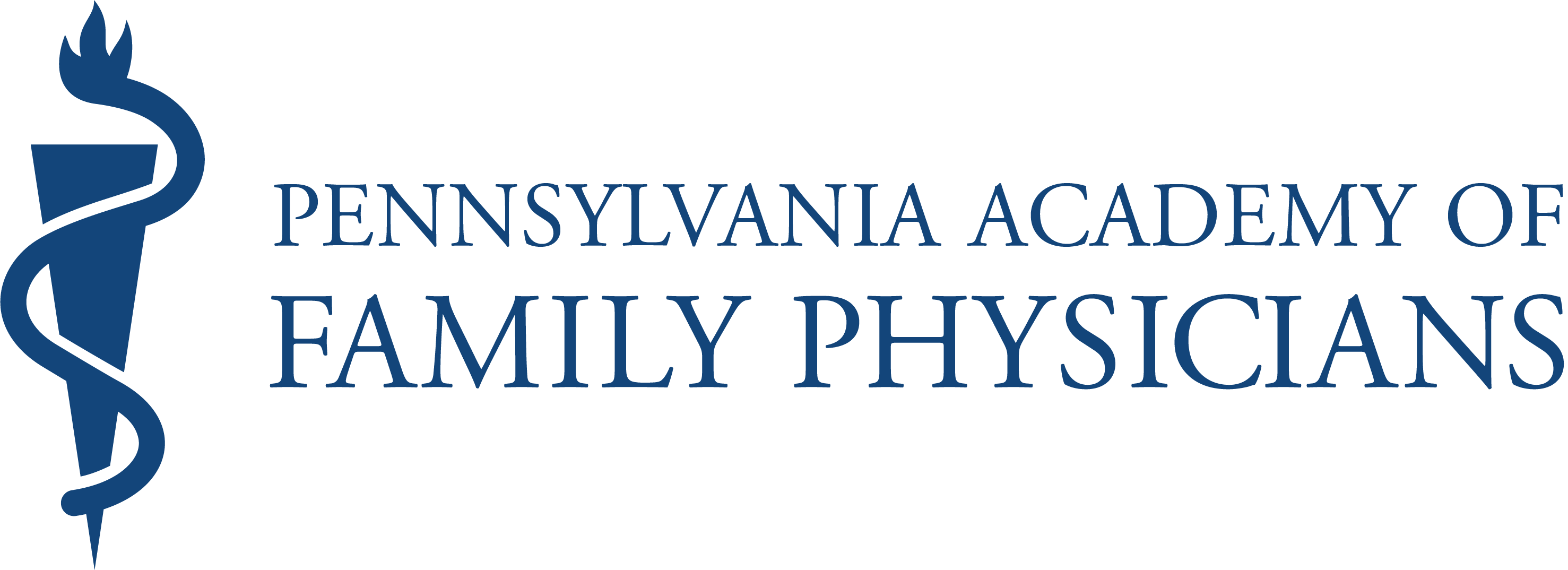PAFP is a membership organization and each year delegates gather at the Annual Business Meeting to discuss what was done and what still needs to be done.
Included are votes on resolutions developed and brought forth by PAFP members or groups, such as students or residents.
Resolutions are an important way for members to get involved in creating or changing PAFP policy.
And, of course, there is a particular format for
resolutions. This format is not difficult, but is a MUST when presenting resolutions so they can be recorded correctly.
Here are some tips and guidelines for writing resolutions. Also included is a link to a fill-in-the-blanks resolution with all of the necessary "whereas" and "resolved" statements.
(taken from “Resolution Writing Guidelines” on AAFP’s website)
What are the basic rules for writing a resolution?
Rule #1
Every resolution must have a title, “whereas” clause(s) and “resolved” clause(s) and carry the author’s name(s). The title should be clear and concise and convey the general idea of the topic of the resolution.
The “whereas” clauses should explain the rationale for the resolution -- identify a problem or need for action, address its timeliness or urgency, its effects on residents, medical students, AAFP and/or the public at large and indicate whether the proposed policy or action will alter current AAFP policy.
The “resolved” clause(s) are the meat of the resolution. These clauses should be clear and concise and positively state the action or policy called for by the resolution.
Rule #2
Give special attention to the following: 1) Limit the number of “whereas” clauses to the minimum required to provide reasonable support for the “resolved” clause(s). 2) Carefully check the facts and verify the data used. 3) Limit the use of adjectives or qualifying adverbs which are considered “editorial opinion” and focus on the essentials.
Rule #3
If a resolution is adopted, the only part that remains is the “resolved” clause(s). Consequently, the “resolved” clause(s) must stand alone. This means that you should be able to read these
statements separately and have them make sense. Avoid using acronyms. There should be no
pronouns used (e.g., it, they, we, etc.) that refer to other resolved statements or the “whereas” clause(s). Each “resolved” clause should be perfectly clear without the rest of the document present.
Rule #4
Less is more – if “resolved” clauses become too long or involved, the intent may be lost. It is better to split an idea into two “resolved” statements than to create a single clause that leaves everyone confused.
Rule #5
ONLY ONE ISSUE SHOULD BE ADDRESSED IN EACH RESOLUTION. If multiple “resolved”
clauses are included in a resolution, each “resolved” clause should be related to the central subject of the resolution.
Rule #6
Before submitting a resolution, carefully weigh the merits of your proposal by considering the following questions: 1) Is this issue/topic of special interest to many, some, or a few members, family physicians, others? 2) Is the recommendation within the scope or authority of the AAFP? 3) Is the recommendation relevant to the Academy’s strategic priorities? 4) Does the recommendation have cost implications for the Academy (in terms of research, meeting costs, production charges, travel expenses, PAFP team time, etc.)? 5) Is the Academy currently addressing this issue/topic?
Research is the first step in developing a resolution. Solid data must be presented that support
the requested action. In addition, it is imperative to cast the resolution in light of the overall historical development of the issue. The history of an issue can be approached both with respect to current AAFP actions and past AAFP policies, as well as the positions and actions of other organizations.
Click here for AAFP document "Resolution Guidelines" developed for the 2009 National Conference of Special Constituencies. This 5-page PDF explains the merits and objectives of resolutions, as well as includes sample resolutions with explanations of how they meet the various criteria.
Click here (coming soon) for a sample blank resolution format that can be downloaded or printed for you to use when putting together your resolution(s).
